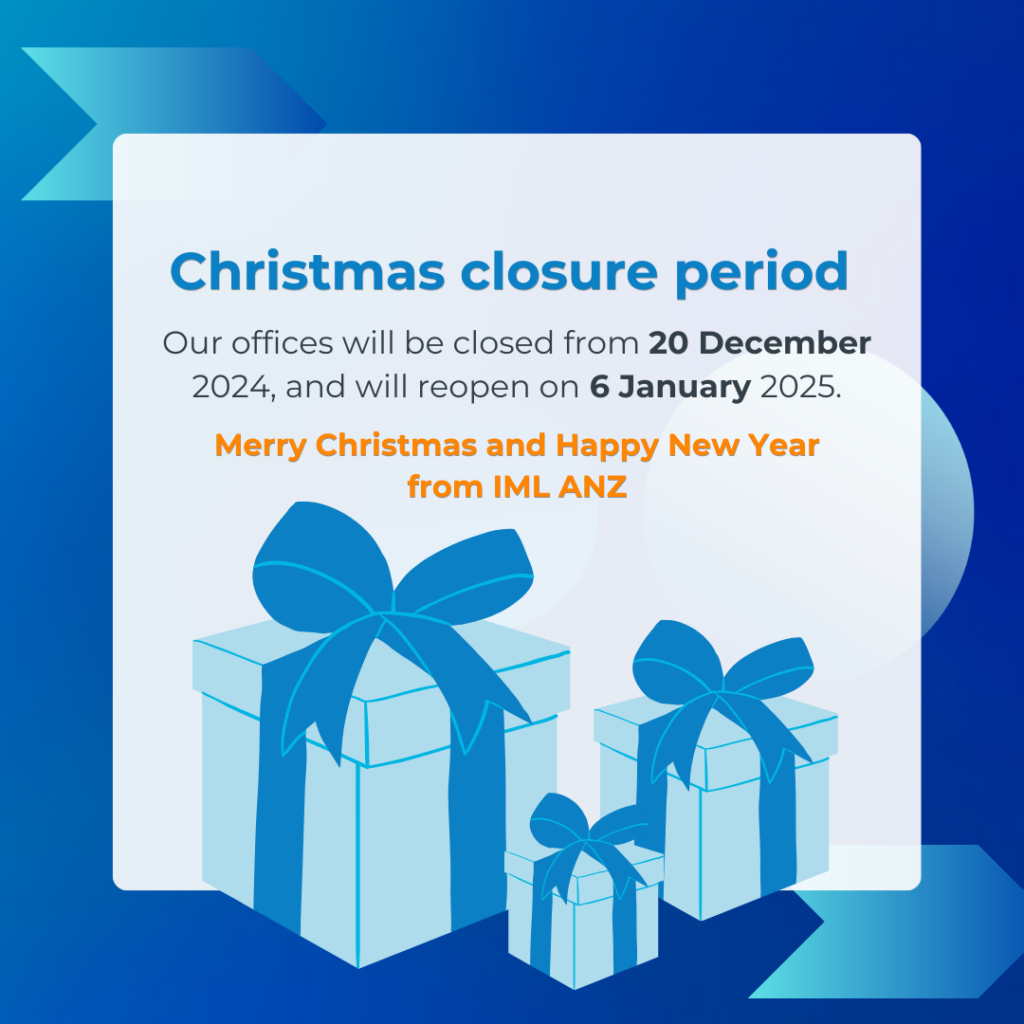
By beyondblue
One in five employees in Australia is likely to be working with a mental health condition and interestingly beyondblue research has found that despite 91% of employees believing workplace mental health is important, only 52% think their workplace is mentally healthy.
While organisational leaders are becoming increasingly aware of the importance of good mental health at work, many aren’t quite sure how to turn this awareness into action.
The good news is any business can achieve great outcomes by following a process that includes involving employees in the design, implementation and review of mental health strategies.
While leaders have a major role to play, everyone in the workplace needs to play a part for there to be enduring improvements.
A key responsibility for leaders is to inspire and inform employees so they can achieve their best possible mental health.
beyondblue has found there are three crucial elements that lay the groundwork for improving the mental health culture of a business.

-
COMMITMENT FROM SENIOR LEADERS AND BUSINESS OWNERS
Showing a visible commitment to mental health in the workplace is essential to developing a plan, its implementation and ongoing refinement.
Leaders should educate themselves and inform staff about conditions such as anxiety and depression and speak openly about mental health, including their own personal experience if they feel comfortable.
Making mental health an everyday discussion in the workplace creates a culture where managers will know how to look after their own mental health and what to do if an employee tells them they are experiencing difficulties.
It also makes employees feel comfortable that they can speak to a manager about a mental health issue.
Staff will also have the ability to recognise if a colleague is struggling, the knowledge to support them and refer them to professional health services.

-
ONGOING MEANINGFUL PARTICIPATION
Research shows that involving your workforce in developing and imbedding a workplace mental health strategy is essential to the initiative’s success.
Staff should be invited to participate in its design, development, implementation and review.
Employees have a role in influencing the strategy’s design and will feel that they own the changes and the results, once the plan is implemented. It will also mean the strategy will be relevant to the specific needs of the workplace.

-
KEEP THE COMMUNICATION LINES OPEN
Informed staff are engaged staff.
Continual communication will help break down barriers to addressing mental health and wellbeing while also contributing to reducing stigma.
Regular and ongoing communication also means a mental health strategy can be adapted as needs change and can gain buy-in from new employees.
These three factors are crucial to the success of mental health plans in workplaces.
They can help ensure that a workplace treats mental health the same as physical health, that stress and other mental health risks are managed, and employees are able to thrive.
Watch the video below to learn more about how you can play a role in workplace mental health.
FIND OUT MORE
Members of the beyondblue Workplace Engagement Team will present a series of mental health workshops at 18 locations throughout February and March as part of the IML 2018 Leadership Outlook Series.
They’ll provide insights into how to develop a workplace mental health plan and show how beyondblue’s Heads Up website and resources can guide an organisation’s approach.
To participate in a session, click here.



